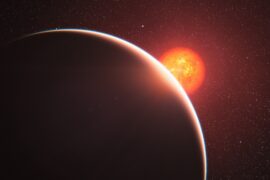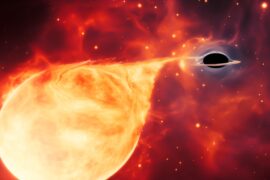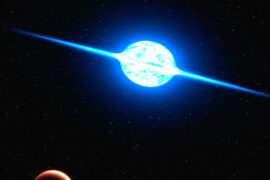When the twin Voyagers climbed away from the Sun after their 1977 launches, and when New Horizons zipped past Pluto in 2015, those missions rewired our expectations about how strange the neighborhood can be. Probes and flybys exposed places where temperatures, pressures, and chemistry strain instruments and raise real questions about habitability. The most extreme environments solar system hosts span blistering coronal heat, Venusian crushing pressure, cryovolcanic plumes, and supersonic winds, and studying them guides spacecraft design, astrobiology priorities, and planetary science. Blazing and crushing; icy and ocean worlds; and violent geology, storms, and radiation will be the three groupings we cover here.
Blazing and Crushing Environments
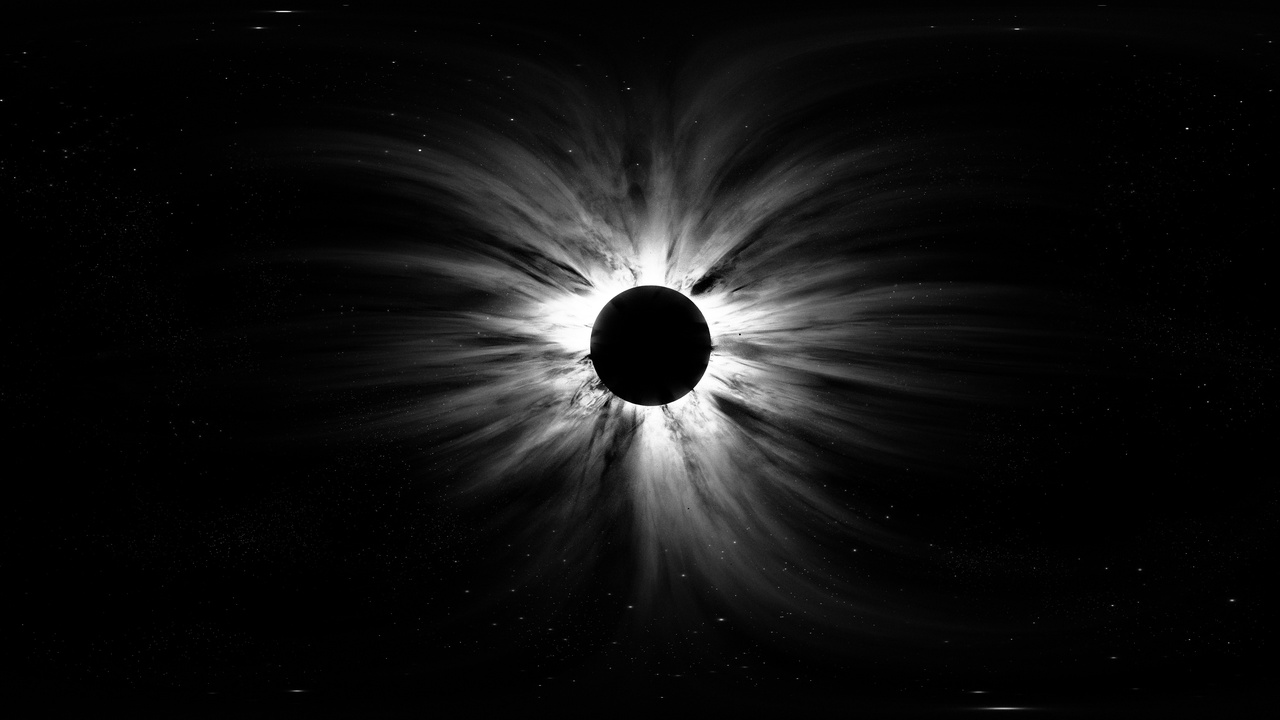
This category covers extreme heat, intense radiation, crushing pressure, and explosive temperature swings found on the Sun and inner planets. These conditions test materials and electronics and force engineers to design specialized heat shields, cooling, and hardened systems for any mission that wants to survive close approaches or landings.
1. The Sun’s Corona: Millions of Degrees and Relentless Radiation
The solar corona reaches roughly 1–3 million kelvin and drives a constant solar wind of charged particles and magnetic structures. NASA’s Parker Solar Probe (launched 2018) has taken in-situ measurements of the near-Sun environment and helped pin down temperatures and particle flows as it dives toward perihelion (approaching within about 6.2 million kilometers of the Sun at closest approach).
Coronal mass ejections and energetic particle storms can strip atmospheres, damage satellite electronics, and induce currents that disrupt power grids on Earth—the Carrington Event of 1859 remains the classic example of what a powerful geomagnetic storm can do to telegraph systems and wiring. Spacecraft and crewed missions face severe hazards from this particle soup, so missions planning close solar approaches require radiation-hardened electronics, fault-tolerant systems, and mission profiles that limit exposure to the worst storms.
2. Mercury: Extreme Temperature Swings and Intense Sunlight
Mercury bakes in daylight—surface temperatures climb to roughly 430°C—then plunges to about −180°C at night because it has almost no atmosphere to retain heat. That dramatic thermal cycling puts enormous stress on materials, joints, and electronics.
MESSENGER’s orbital mission revealed a surface scarred by ancient volcanism and a very thin exosphere, confirming that proximity to the Sun and the lack of atmospheric buffering drive those temperature swings. For spacecraft such as ESA/JAXA’s BepiColombo, thermal control is a primary engineering concern: sunshades, radiators, multilayer insulation, and components rated for wide temperature ranges are all must-haves.
3. Venus: Crushing Pressure and Corrosive Winds
At Venus’s surface the air presses down with about 92 times Earth’s sea-level pressure (≈92 bar), temperatures hover near 462°C, and dense clouds of sulfuric acid and reactive gases create a highly corrosive environment. Those conditions make long-lived surface operations fiendishly difficult.
Soviet Venera landers (notably Venera 13 and 14 in 1982) returned images and measurements but survived only a few hours before heat, pressure, and corrosion destroyed systems. Modern engineering responses focus on pressure vessels, active cooling, and short-lived surface probes, while many teams now favor long-duration atmospheric platforms—balloons and drones flying in the temperate upper atmosphere—where pressure and temperature are far more benign.
Icy Worlds and Oceanic Extremes
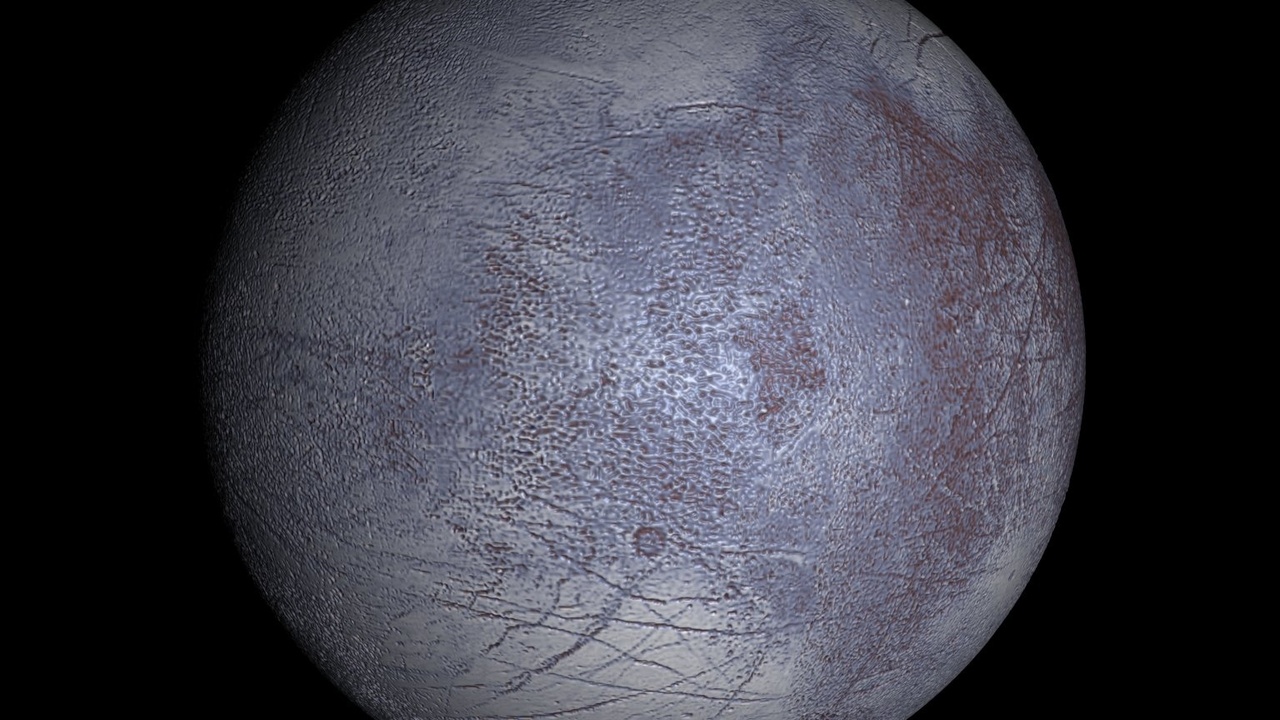
Moons and dwarf planets with cryogenic surfaces, buried oceans, and active cryovolcanism present extremes of cold, high pressure beneath ice, and exotic chemistry. Their plumes and organics make them top targets for astrobiology, but reaching liquid water often means drilling, melting, or sampling eruptive material.
4. Io: The Solar System’s Most Volcanically Active Body
Io hosts more than 400 active volcanoes driven by tidal heating from Jupiter’s gravity. That relentless internal friction melts and ejects sulfur and silicate material, reshaping the moon’s surface on short timescales.
Galileo images showed hot spots like Loki Patera and Pele, and ground-based infrared monitoring continues to track eruptions. Io’s volcanic plumes and sputtered material fill a plasma torus that threads Jupiter’s magnetosphere, creating a harsh particle environment that complicates close flybys and demands radiation-tolerant instruments.
5. Europa: A Hidden Global Ocean Under Ice
Europa likely hides a global subsurface ocean beneath an icy shell that models estimate could be tens of kilometers thick—and in some scenarios approach ~100 km in places. Galileo’s magnetometer data revealed an induced magnetic field consistent with a salty, conductive layer beneath the ice, and Hubble has reported possible plume activity.
High pressure beneath the shell, temperatures close to the freezing point of water, and potential chemical gradients make Europa scientifically compelling and technically extreme. That makes Europa one of the most extreme environments solar system exploration targets for astrobiology: planned missions such as NASA’s Europa Clipper will survey surface composition, search for plumes, and map ice thickness with ice-penetrating radar.
6. Enceladus: Cryovolcanic Plumes and Organics
Enceladus vents water-rich plumes from fractures near its south pole, shooting vapor and ice hundreds of kilometers into space. Cassini flew through those plumes and directly sampled water vapor, ice grains, salts, and organic molecules, beginning around the 2005 plume discovery and in follow-up passes.
Those plumes feed Saturn’s E-ring and provide a rare opportunity to analyze subsurface ocean chemistry without drilling through kilometers of ice. Tidal heating appears to supply the required warmth, and the presence of organics elevates Enceladus as a high-priority astrobiology target that can be studied via plume sampling missions.
7. Titan: Thick Nitrogen Air and Liquid Methane Lakes
Titan is the only moon with a dense nitrogen atmosphere—about 1.5 bar at the surface—and stable surface liquids in the form of methane and ethane lakes and seas, such as Kraken Mare. Surface temperatures sit near −179°C, producing a methane-based hydrological cycle with rain, rivers, and dunes of organic material.
The Huygens probe (2005) descended under parachute and returned images and composition data, while Cassini’s radar mapped lakes and seas. Chemistry at cryogenic temperatures creates complex organics that are of enormous interest for prebiotic chemistry studies, and mission designs had to use low-temperature electronics and parachute systems suited to a dense, cold atmosphere.
Violent Geology, Storms, and Radiation
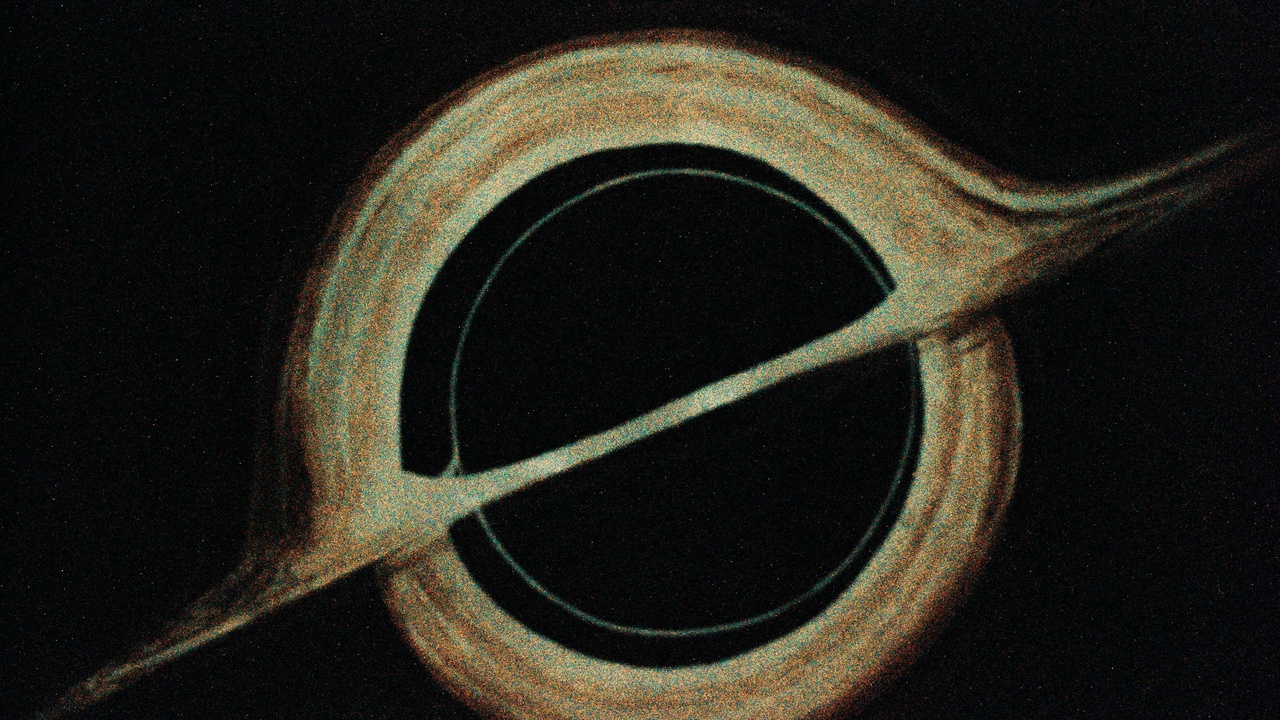
Giant planets host immense storms, blistering winds, and powerful radiation belts that pose hazards to spacecraft and probe the limits of atmospheric physics. These environments inform how magnetospheres form and how planetary interiors and atmospheres exchange energy.
8. Jupiter’s Radiation Belts: A Lethal Particle Environment
Jupiter’s magnetosphere traps energetic particles—electrons, protons, and heavier ions—at intensities thousands of times higher than the typical space environment near Earth. Those trapped particles can penetrate shielding, degrade detectors, and damage electronics over relatively short mission timescales.
Galileo experienced instrument degradation from prolonged exposure to these belts, and modern missions like Juno use polar orbits and robust shielding to limit dose accumulation. For missions to Europa or Io, designers must weigh trajectory choices, shielding mass, and operational lifetimes carefully, because the particle environment constrains both science return and spacecraft longevity.
9. The Great Red Spot: A Multi-Century Storm Bigger than Earth
Jupiter’s Great Red Spot is an anticyclonic storm large enough to swallow Earth and has been observed for at least several centuries. Depending on epoch it measures on the order of 10,000–16,000 kilometers across, though it has been slowly shrinking in recent decades.
Wind speeds at the edges are extremely high, and the depth and longevity of the vortex challenge atmospheric models that attempt to explain energy sources and stability. Hubble and Juno imaging and microwave sounding have improved our view of the storm’s vertical structure, but the Spot remains an extreme atmospheric laboratory for understanding turbulent, long-lived vortices.
10. Neptune: Supersonic Winds over an Icy Giant
Neptune hosts some of the fastest sustained winds measured in the solar system—up to roughly 2,100 km/h (about 1,300 mph)—despite ambient temperatures near −200°C. Voyager 2’s 1989 flyby provided the foundational wind measurements, and Hubble plus ground-based telescopes have tracked storms and cloud features since.
Those supersonic jet streams in such a cold, distant atmosphere are surprising and tell us that deep internal heat and atmospheric dynamics can drive extreme weather far from the Sun. Understanding Neptune’s energy transport helps refine models of giant-planet atmospheres both in our system and around other stars.
Summary
- The Sun’s corona reaches millions of kelvin and produces particle storms that can cripple electronics and ground-based infrastructure, while close solar missions like Parker Solar Probe probe this hostile region.
- Venus’ surface pressure (~92 bar) and temperature (~462°C) destroy unprotected landers in hours, whereas icy moons such as Enceladus and Europa offer sampling opportunities that avoid drilling by using plumes and flybys.
- Moons with subsurface oceans and organics—Enceladus, Europa, Titan—rank among the most extreme environments solar system exploration hopes to study for potential habitability, making plume sampling and ice-penetrating instruments high priorities.
- Giant-planet hazards—Jupiter’s intense radiation belts, Neptune’s supersonic winds, and Jupiter’s multi-century Great Red Spot—shape mission trajectories, require shielding, and challenge atmospheric theory.
- Past missions (Voyager, Galileo, Cassini, MESSENGER, Venera, Huygens) revealed these extremes, and upcoming or active missions—Europa Clipper, continued Parker Solar Probe passes, Juno operations, and BepiColombo—will keep pushing our understanding and engineering limits.
Enjoyed this article?
Get daily 10-minute PDFs about astronomy to read before bed!
Sign up for our upcoming micro-learning service where you will learn something new about space and beyond every day while winding down.




